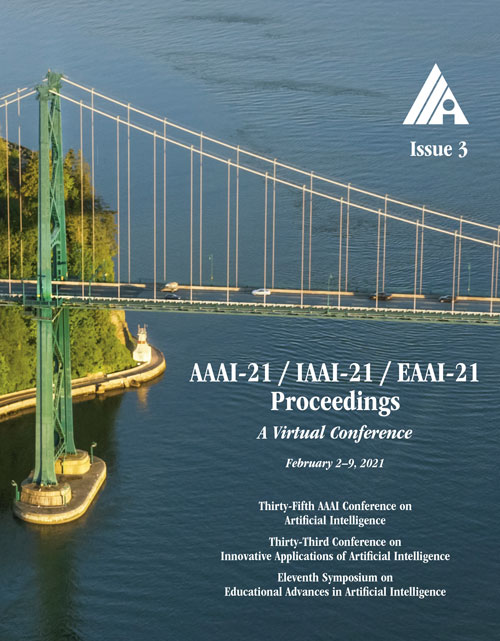Learning Modulated Loss for Rotated Object Detection
DOI:
https://doi.org/10.1609/aaai.v35i3.16347Keywords:
Object Detection & CategorizationAbstract
Popular rotated detection methods usually use five parameters (coordinates of the central point, width, height, and rotation angle) or eight parameters (coordinates of four vertices) to describe the rotated bounding box and l1 loss as the loss function. In this paper, we argue that the aforementioned integration can cause training instability and performance degeneration. The main reason is the discontinuity of loss which is caused by the contradiction between the definition of the rotated bounding box and the loss function. We refer to the above issues as rotation sensitivity error (RSE) and propose a modulated rotation loss to dismiss the discontinuity of loss. The modulated rotation loss can achieve consistent improvement on the five parameter methods and the eight parameter methods. Experimental results using one stage and two stages detectors demonstrate the effectiveness of our loss. The integrated network achieves competitive performances on several benchmarks including DOTA and UCAS AOD. The code is available at https://github.com/yangxue0827/RotationDetection.Downloads
Published
2021-05-18
How to Cite
Qian, W., Yang, X., Peng, S., Yan, J., & Guo, Y. (2021). Learning Modulated Loss for Rotated Object Detection. Proceedings of the AAAI Conference on Artificial Intelligence, 35(3), 2458-2466. https://doi.org/10.1609/aaai.v35i3.16347
Issue
Section
AAAI Technical Track on Computer Vision II

